Valorizing the invisible
Documentary photographer and visual artist, I lead an international photographic project entitled Valoriser l'Invisible , whose objective is to reveal territories, gestures, professions, heritages and people rarely represented in contemporary visual narratives.
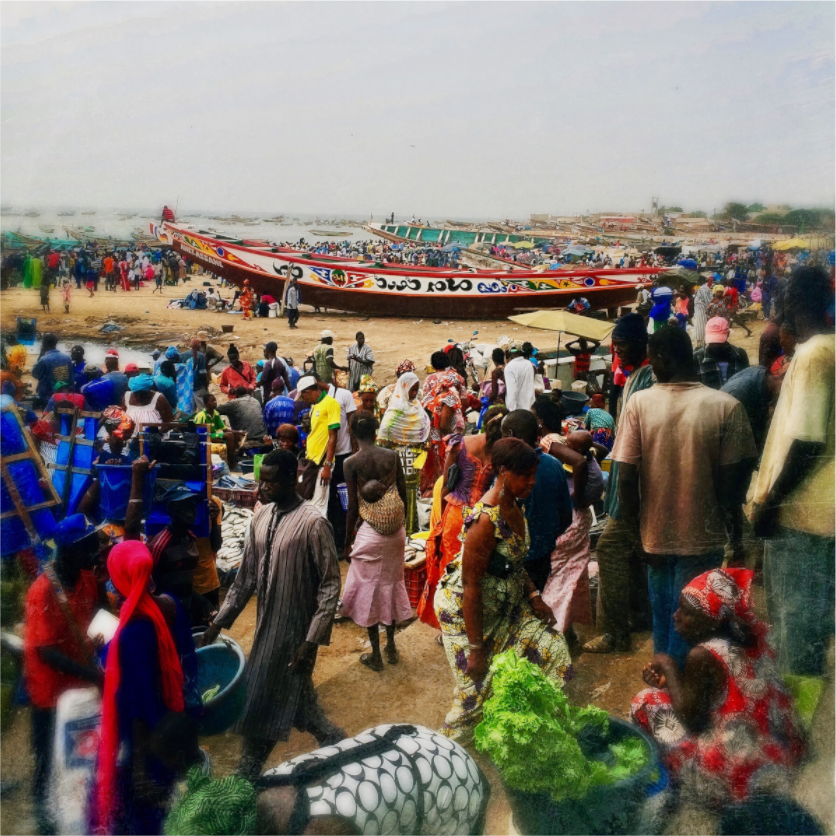
This committed and sensitive work aims to document what resists disappearance or indifference: rural traditions in the process of being forgotten, rare artisanal know-how, isolated communities, everyday gestures carrying a collective memory.
It is not about folklore, but about creating living visual archives , which make visible what, in each country, is part of a threatened intangible heritage .
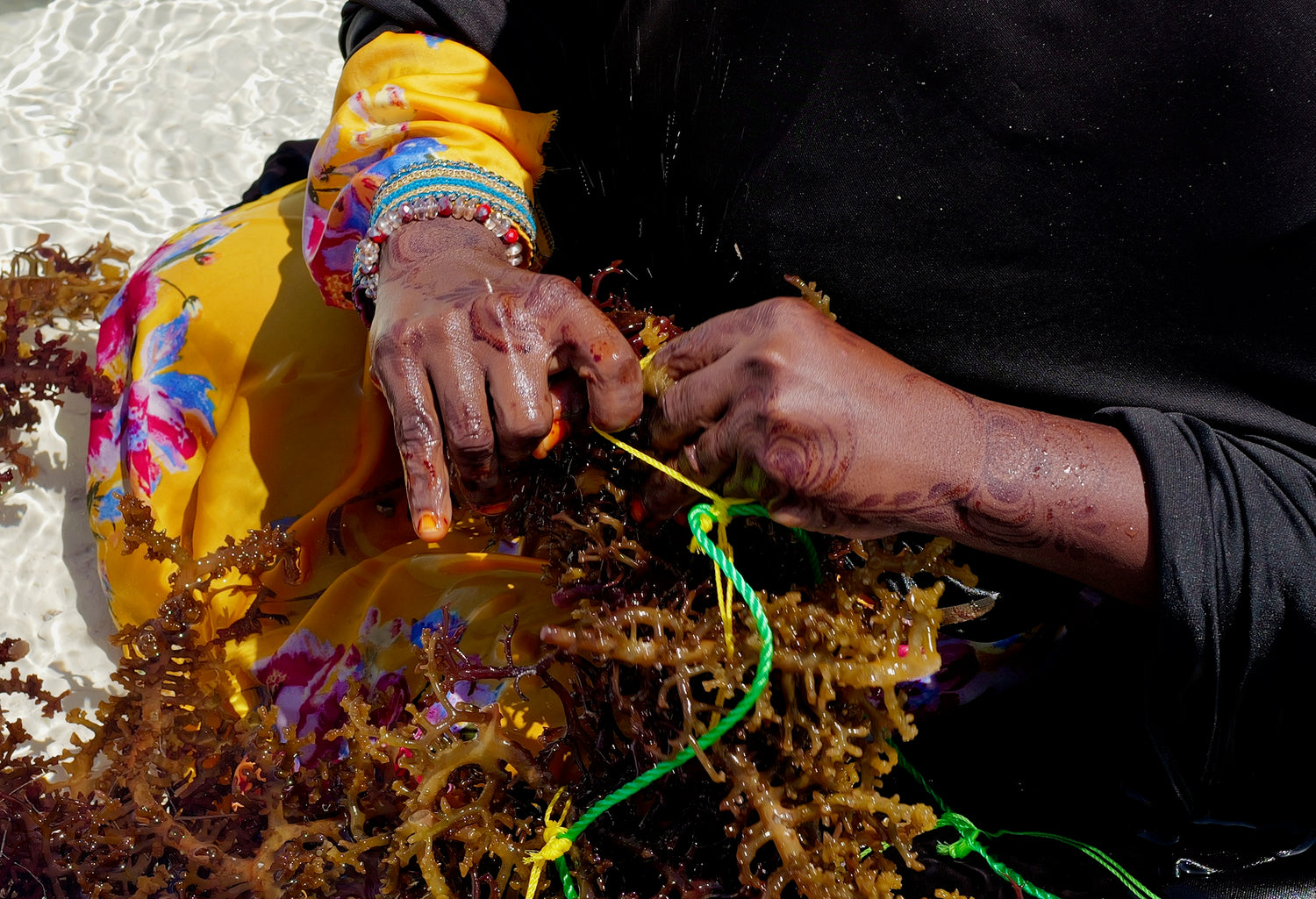
A solidarity project, territory by territory
As part of Valoriser l'Invisible – and more broadly, for each series where it makes sense – 10% of sales are donated to the people or communities photographed , or to recognized local organizations .
This choice is clearly indicated at the top of each collection concerned , for total transparency.
In Zanzibar, for example, one part is dedicated to young Maasai who have come to support their families who have remained on the continent, the other to associations working with children, women harvesting seaweed , or families of artisanal fishermen .
Throughout the project, new communities, associations or local organizations are identified and integrated , so that this process of sharing and support remains alive, evolving and anchored in the realities of each territory.
Actions in danger, in step with the climate
To name just a few, in Tanzania, rising waters and erosion are disrupting seaweed farming and artisanal fishing. In France, drought and extreme rains are weakening harvesting and agricultural processing businesses. In Jordan, access to water is becoming an obstacle to ancestral land-based practices. In Morocco and India, natural materials are becoming scarce, jeopardizing dyeing, weaving, pottery, and river navigation.
Everywhere, gestures kept alive for generations are faltering.
Valorizing the Invisible: a project supported by partners worldwide
This project is being developed in collaboration with embassies and private companies committed to the preservation of local identities and living heritage .
Every country can take part, as each territory contains knowledge, gestures or cultures that are in the process of disappearing.
The implementation of the project is based on direct collaboration with each territory , through its embassies or local private partners .
Each country involved actively contributes to this by facilitating access to the subjects to be documented and supporting the implementation of the project on its soil.
Multi-column
-
Financial support
This support helps cover the costs associated with producing reports, including travel, location scouting, production and distribution.
-
Logistics and support on the ground
Facilitate access to the field through logistical support and connections with trusted local partners, enabling access to isolated or difficult-to-access locations.
-
Use of images
Establish a partnership around the use of certain images for institutional or cultural purposes.
-
Support for valorization
Support, in certain cases, the production and presentation of an exhibition within the embassy or a partner location, as well as the publication of a work linked to the project.
Join the project
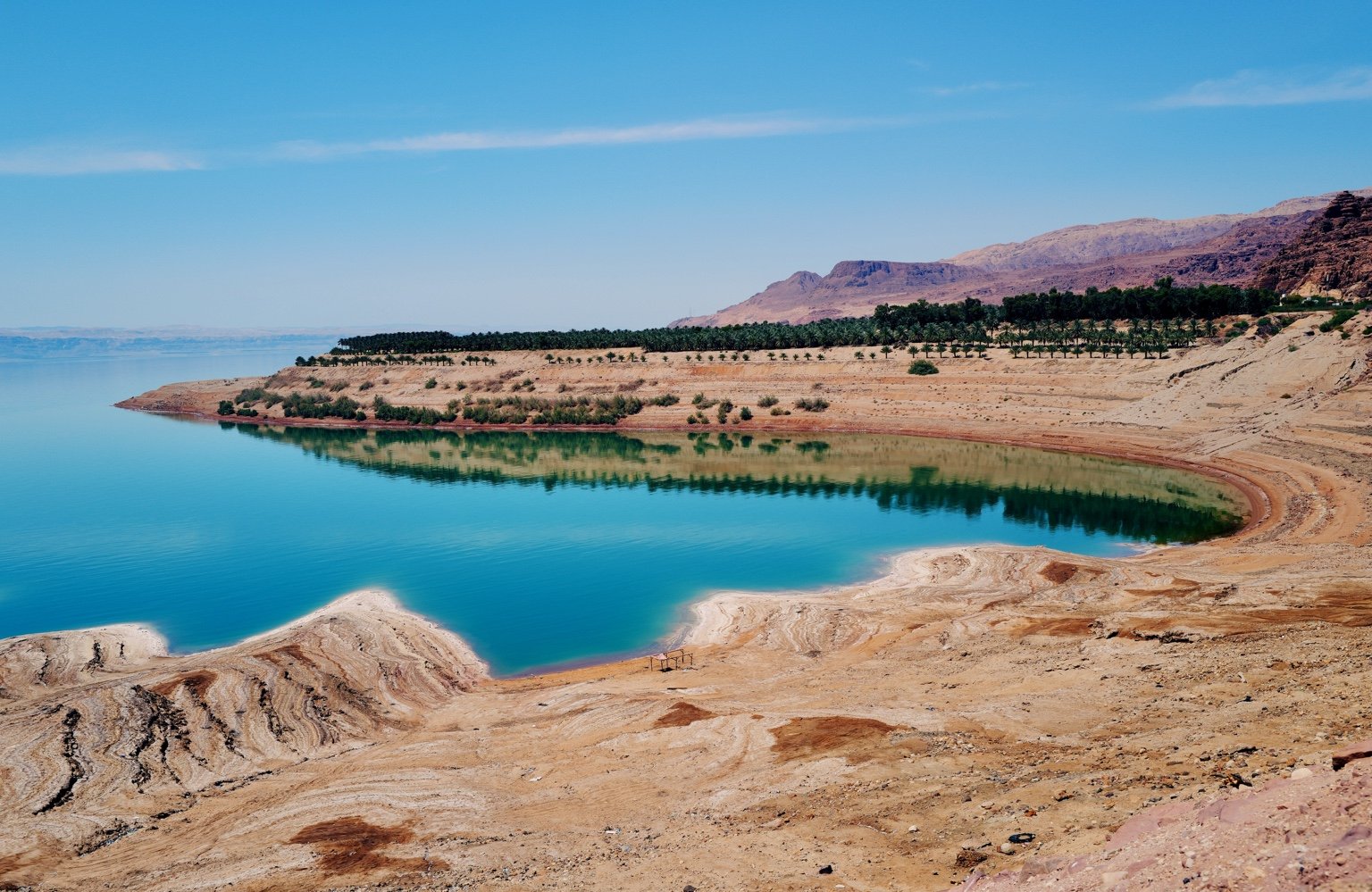
Slide (image)
The Two Seas in Jordan project , part of Valoriser l'Invisible, explores the territories between the Red Sea and the Dead Sea. It highlights ancient agricultural practices, hydraulic know-how, and local resilience in the face of desertification , while offering a sensitive perspective on a strategic infrastructure project. The report also helps to portray a peaceful and welcoming Jordan, far removed from the clichés of insecurity.

Slide (image)
In France, Valoriser l'Invisible presents a unique photographic series exploring the silent memory of ancestral agricultural gestures. These gestures, witnesses to a profound connection between humans, the land, the seasons, and food, have often disappeared or lost their original meaning.
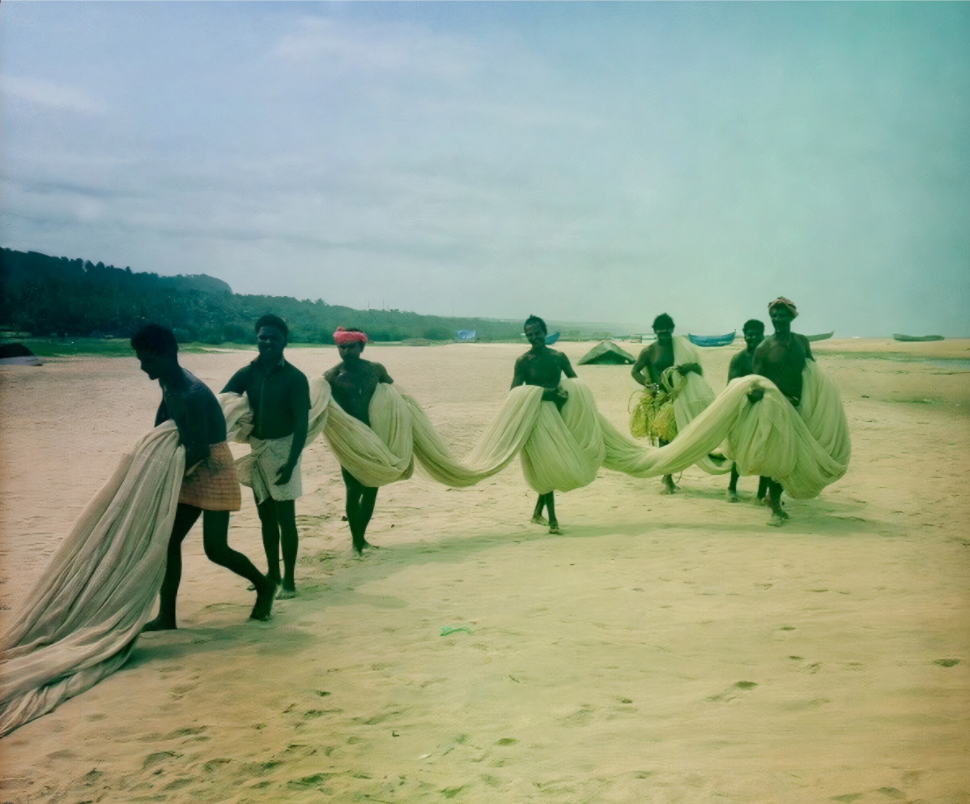
Slide (image)
In India, Valoriser l'Invisible documents traditional fishermen in Kerala, shamanic rituals in Nagaland, and tribal festivals in Chhattisgarh. The project also highlights rare crafts such as natural dyeing in Gujarat, wooden toys in Channapatna, and tribal embroidery in Himachal Pradesh, as well as the daily lives of isolated communities and their gestures that bear memory.
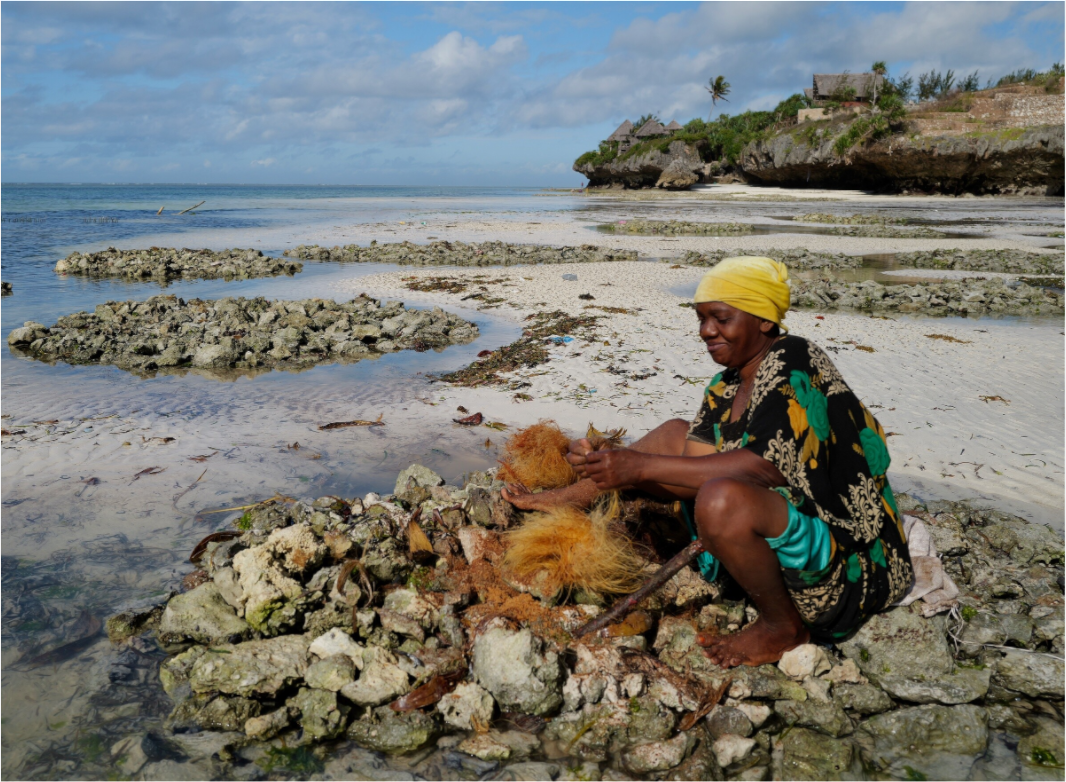
In Zanzibar, Valoriser l'Invisible highlights ancient gestures still anchored in everyday life: the women who cultivate seaweed with their bare hands, those who beat coconuts to extract the fiber , the artisanal fishermen who take to the sea, the artisans who sculpt the doors of Stone Town, or even the young Maasai who come from the continent, between selling family jewelry and small seasonal jobs.
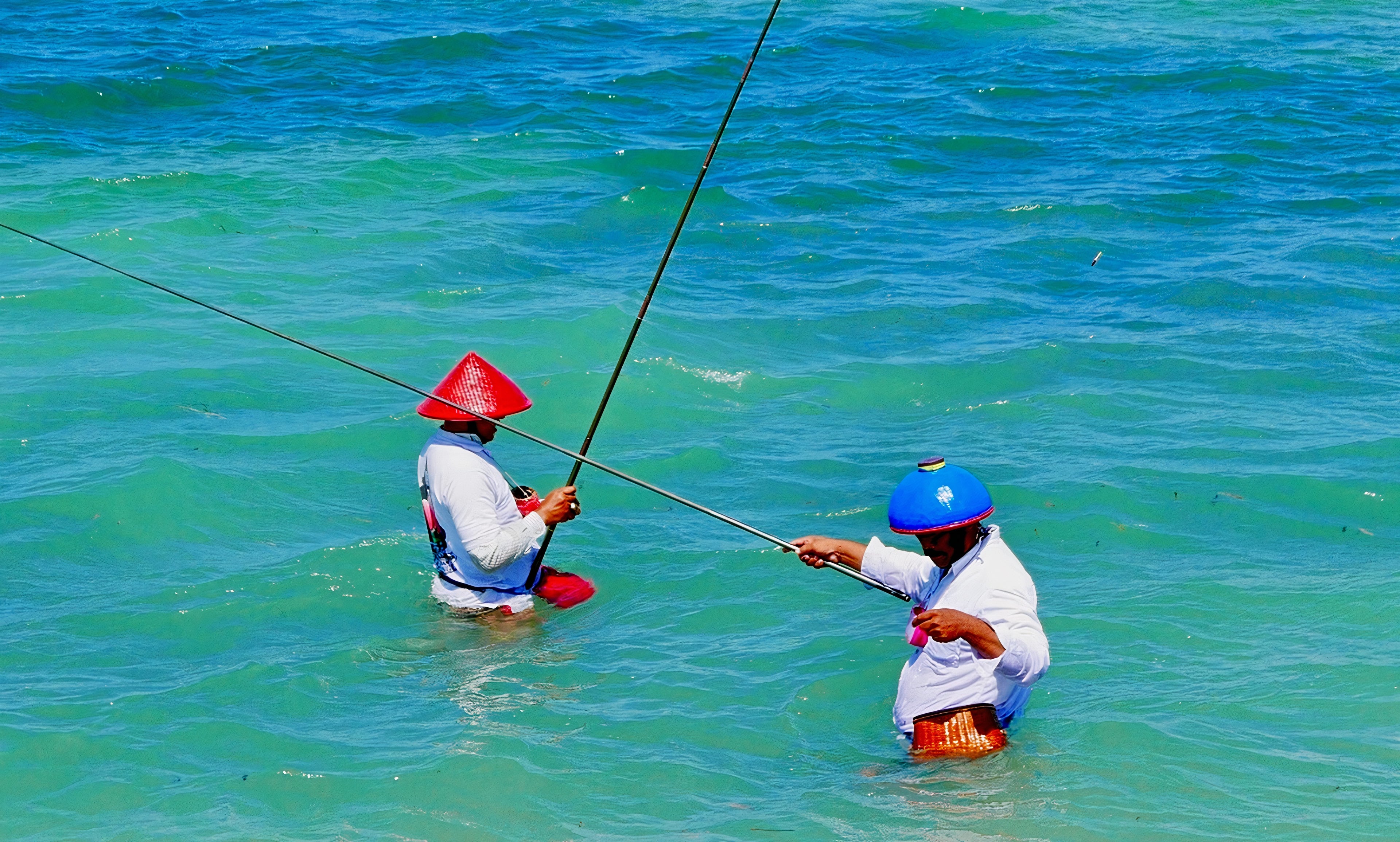
Slide (image)
In Indonesia, traditional fishing , a sacred gesture passed down from generation to generation, illustrates the Valoriser l'Invisible project. This work highlights disappearing practices across the archipelago, from Toraja funeral ceremonies to the nautical know-how of phinisi builders, revealing the richness of the links between communities and natural environments.
